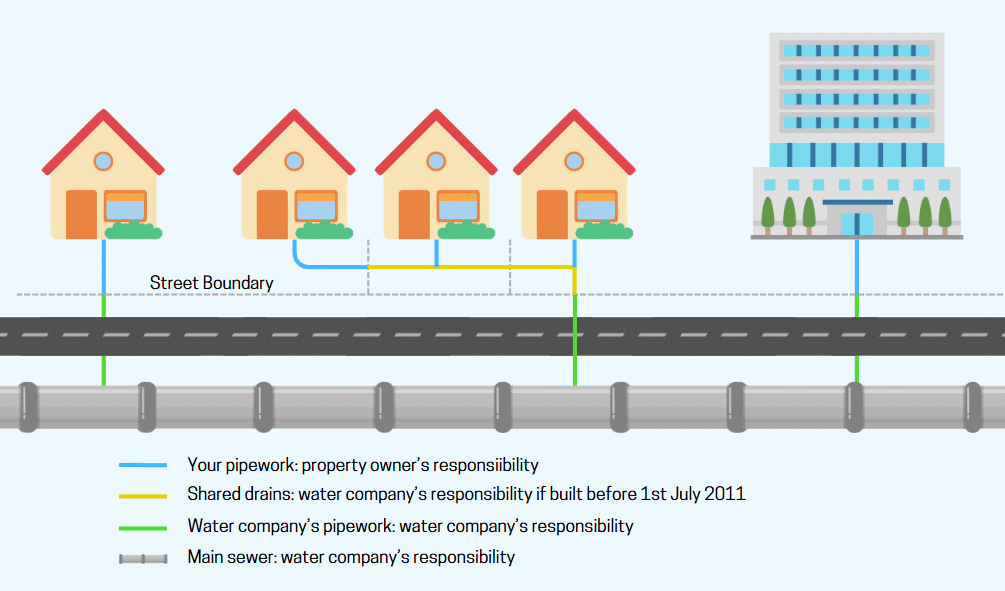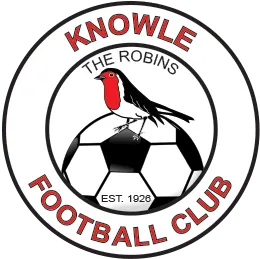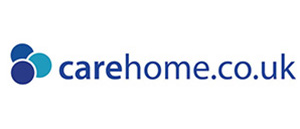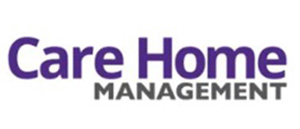Experiencing a drainage issue in your home? Whether you own your property or are a tenant, you might be wondering who is responsible for your sewer drain. Perhaps you are dealing with a blockage, noticed a leak or are concerned about sewage backing up – all issues that need to be addressed as soon as possible.
We understand that your drains are not something you give much thought about day-to-day but knowing what steps to take can be useful if or when something goes wrong.
In this article, we discuss the difference between drains and sewers and shed light on who has ownership and responsibility for each.
What is a Sewer Drain?
A sewer drain is a plumbing system that takes wastewater away from a building. Located within your property’s boundary, it is connected to various fixtures such as toilets, sinks and showers. A functional plumbing system is essential for maintaining water flow, preventing contaminants from entering the ground soil and removing excess water from your property.
Sewer drains need to be looked after and monitored to make sure they retain their structural integrity. Common issues associated with drains can include clogs and blockages, tree root intrusion, sewer back up and foul odours.
The good news is that sewer drains are designed to be extremely durable, given the pressure they are under – this means that a well-maintained sewer drain can last over half a century.
Difference Between a Drain and a Sewer
Drains transport wastewater and debris away from buildings and are connected to lateral drains. A series of pipes is usually located underneath public roads and pavements; lateral drains act as a ‘middleman’ connecting private drains to public sewers.
The key difference between drains and sewers is that sewers are larger and collect wastewater and solids from multiple buildings. Sewers are usually publicly owned, and therefore the responsibility of your local water company. Some people have septic tanks instead or sewers that are not connected to the main sewer network.
How to Determine Who is Responsible for a Blocked Sewer Drain

We have provided a diagram to explain who is responsible for a blocked sewer drain. As you can see, a private plumbing system is the responsibility of the property owner. However, any shared pipes that connect to the public sewer are the responsibility of your local water authority.
Likewise, sewers that collect water from multiple properties are also the responsibility of the water company. We will discuss later on the steps to take if you are unsure who is liable for your sewer drain repairs.
What about Drain Covers?
The property owner may or may not be responsible for maintaining the drain cover, which is the flat, circular access point to the drain. A public drain is managed and maintained by a public authority, such as a city council or water company, even if it is located on private property, like a driveway.
Homeowners are responsible for maintaining any private drains within their property boundaries. To determine whether a drain is public, one can check for identifying symbols on the drain cover.
Property deeds can also provide details about the drainage system and clarify who is responsible for its upkeep. A water company’s logo or name on the cover is a clear indication that the drain is publicly maintained.
Who Is Responsible for Drain and Sewer Repair?
Usually, you can determine who is responsible for the drain and sewer repair based on its location. Generally speaking, private plumbing systems are the responsibility of the homeowner and public sewers outside of a property boundary are the responsibility of the local water authority.
Where things get more complicated is when you share drainage facilities with an adjoining property. In this instance, any sewage issues likely need to be referred to the water authority as they are most likely to bear responsibility for it.
How Do Drains Become Broken?
Drains are designed to be highly durable but suffer wear and tear over time. Drainage issues are often exasperated by non-flushable items, such as sanitary products and cooking fats, entering the pipes and causing blockages.
Sometimes, extreme rainfall can overwhelm aged drainage systems, resulting in cracks and leaks in pipes that pose a flood risk and cause soil contamination. Tell-tale signs of drain problems include flooding, unpleasant smells and both water and waste backing up.
Drain Repair – Who is Responsible
As a rule of thumb, any drains located within your property boundaries are your responsibility or the responsibility of your landlord. Homeowners are expected to maintain their drains and to seek professional assistance if they encounter any problems.
In some instances, the environmental health agency can force homeowners to act if their drainage problems are causing frequent blockages and issues in the surrounding area. Therefore, it is common for people to take out insurance to cover drainage repair costs, especially in older properties.
Sewer Repair – Who is Responsible
Previously, sewers and lateral drains connected to the public network were the responsibility of homeowners, but now they fall under the ownership of local water authorities. It’s worth noting that water companies have the authority to enter properties to carry out essential maintenance and repairs to lateral drains.
Sewers that collect wastewater and other debris from multiple buildings are also the responsibility of the local water board.
Responsibility for private and unadopted sewers and lateral drains, such as those found on caravan sites or blocks of flats, are generally shared by neighbours. Again, local environmental agencies can intervene if drainage problems are not attended to and can impose a charge for this service.
As a rule, water companies need to ensure that homeowners have access to proper drainage – this means anyone not connected to a public sewer system has the right to request this, however, it may incur a cost.
Is Your Sewer Private or Public?
Unsure whether your property is connected to a public or private sewer? Follow the steps below to find out more:
- Check with your sewerage company
- Check the deeds of your property
- Check a sewer map – your sewerage company must make these available to you if you ask
- check with your local authority.
Who to Contact if You’re Unsure
Public drainage systems and sewers are managed by the local water company, which you can contact if you need clarification.
Your lease will specify whether you, as a tenant, are responsible for any associated costs. In multi-unit buildings, the management company is typically in charge of necessary preparations.
Dealing with sewage or drainage issues can be challenging, however, after reading our article, you should have a better understanding of who is responsible for clearing a clogged drain—whether it’s you, your landlord or local authority.
How to Unblock a Drain
Below, we have provided some tried and tested methods to unblock an outside drain on your property:
- Boiling Water – By pouring boiling water down the drain, you can often remove moderate amounts of grease or soap buildup.
- Baking Soda & Vinegar – Add a cup of baking soda, followed by a cup of vinegar, down your drain. Let it fizz for 15-30 minutes, then rinse with hot water.
- Plunger – Plungers may be old-school but can still be very effective. Create a seal with a plunger and use firm, repeated plunges to dislodge the blockage.
- Drain Snake or Wire Hanger – Insert a drain snake or straightened wire hanger to pull out debris.
- Chemical Drain Cleaner (if necessary) – Use a drain cleaner as a last resort, following safety instructions carefully.
- Call a Professional – If the blockage persists, contact a professional drainage expert to diagnose the issue and provide a solution
Sewer Drain Responsibility: Final Thoughts
We hope our article has shed some light on who is responsible for maintaining sewer drains and what to do in the event of a problem. Remember, the team at Draintech are drainage experts with years of experience dealing with blocked drains. Need assistance with an issue you are facing at your property? Contact us today to find out more.








